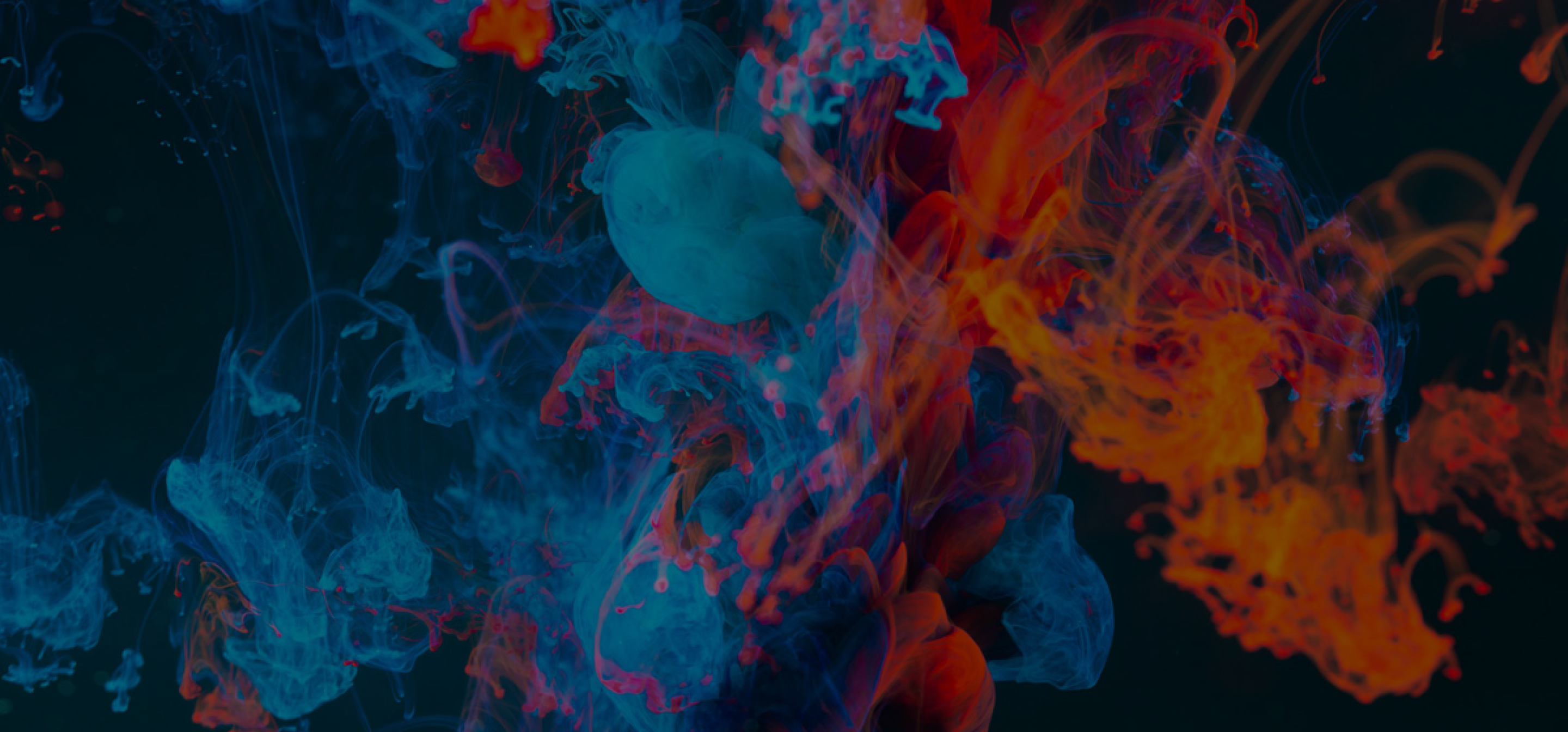by Tommy Carreras
Addiction is a complex medical condition involving multiple interactions between brain circuits, genetics, environments, and life experiences. Everyone who struggles with addiction has a unique experience stemming from their personal life story and biology.
But there’s one common theme among all addictive tendencies: our behaviors usually show us what we subconsciously believe we need.
When we start to understand our behaviors and what they’re doing for us neurochemically, we can begin to see how certain behaviors keep us from moving forward in recovery. These behaviors affect the brain similarly to alcohol or drugs.
Understanding Dopamine
To help us understand this idea more fully, we first have to learn about the neurochemical dopamine.
Dopamine is a microscopic neurochemical found in the brain, and scientists often use it as a sort of universal currency for measuring the addictive potential of a substance.
In a very oversimplified way, we can think of dopamine as the neurochemical that gets us to do things. It’s a main player in the brain’s reward system, and it acts as a key motivator.
Dopamine is so essential to our normal, everyday functioning that when scientists figured out how to block dopamine receptors in mice, they sat in their cages and slowly starved, even though the food was inches away from their mouths. They would routinely eat less than 10% of the food they needed to survive.
The mice lacked the motivation to do much of anything without dopamine – move, play, explore, interact, or even eat.
For humans and mice alike, dopamine kicks in when we want or need something – it pushes out the background noise in the brain and helps us focus.
Dopamine and Addiction
Dopamine swings the “spotlight” of our attention to that one thing and keeps it locked on. But dopamine is not just for focusing – it’s also one of the pleasure chemicals in the brain. Dopamine doesn’t only help us get what we believe we need; it also makes us feel good in the process. And depending on the behavior or substance and how much dopamine it triggers, the promised dopamine surge (craving) can feel practically irresistible.
Dr. Anna Lembke, the author of a remarkable book called Dopamine Nation¹, has helped thousands of clients who struggle with addiction. Dr. Lembke tells us that the brain’s reward system is not just dedicated to pleasure; it’s actually the same system that governs pain.
The most comfortable place for a human brain is balanced between pain and pleasure. And this balanced middle ground is what our brains are always trying to restore.
Surges of dopamine put our reward system out of balance, and the surge is usually accompanied by a significant dip in dopamine, causing a painful craving. That continual seesaw effect and the eventual dopamine-deficient state that usually follows is the basic description of addiction: relying on a substance or behavior to push away the pain of a craving with a rush of pleasure.
Now, substances like alcohol, illicit drugs, and even prescription painkillers very obviously fit the mold of pain-numbing agents. But those aren’t the only things that hijack the reward systems of the brain and spike dopamine levels.
5 Surprising Behaviors That Are Hindering Your Recovery
You might not be surprised that screens, social media, video games, sex, gambling, sugar, and simple carbs are all common perpetrators that spike our dopamine levels to unhealthy levels. They all seem clearly pleasurable and can fit nicely into this dopamine concept.
But they’re not the only culprits. Here are five surprising behaviors that you might be using to get the dopamine you need to avoid or numb your pain.
Blame
Blame doesn’t sound pleasurable, so how does it fit into this list? Think about it for a moment: you’re in the middle of a tense argument, and what do you do? You think of every single thing they did wrong.
How they wrongly brought up the topic,
how they did that thing six months ago,
how they have always been the one holding you back …
Listen to how Dr. Loretta Breuning² describes why we do this so consistently:
Blame shifts responsibility from you to “them.” This has advantages: You don’t have to feel bad about what you did or didn’t do. You don’t have to believe in your ability to do something different. Blame relieves cortisol fast because it’s so easy to think of things they should do.
Anger
Blame is not a very far stretch from anger, which in this case would include anything like complaining or defensiveness. Anger doesn’t have to be just outright rage or yelling.
Anger is a powerful emotion that is often, if not always, explicitly used to overpower other emotions to get something done. It floods you with adrenaline, heightens your senses, gives you energy, and ups your pain tolerance.
Michael Dye, a recovery expert, always loves to say, “you can’t feel angry and wrong at the same time.”
Because anger is so intrinsically tied to your survival system, it triggers dopamine to help you focus on destroying whatever your perceived threat is.
Although you probably don’t think of anger as a “good” feeling, it sure does an excellent job of protecting you from feeling “bad.” And the dopamine confirms it.
Over-Thinking/Constant Worry
Endlessly fretting over something that MIGHT happen or COULD happen gives you an intense burst of mental energy and a fleeting feeling of control.
When it’s a choice between accepting a lack of control or shoving that to the side with a big hit of pleasurable, intense focus, we often choose the dopamine!
In fact, your brain is specifically primed to reinforce and reward accurate predictions about the future.
When you find evidence that your prediction was correct, or when you find evidence that your over-thinking or over-planning was “worth it” or “necessary,” you’ll get a huge dopamine reinforcement. This confirmation makes your behavior all the more desirable, and you’re more likely to do it all again next time.
“Retail Therapy”/Shopping
While compulsive shopping is usually categorized as an impulse control disorder rather than an addiction, it’s still a clear dopamine rush. In fact, dopamine is produced before you even make a purchase! Clinical psychologist Dr. Scott Bea says that even just browsing, scrolling, or window shopping leads to the anticipation of a reward, which releases the dopamine that makes you feel good. You don’t even have to buy something.
It’s not wrong to enjoy dreaming about the possibilities of what a few new things would do for your life, but if you’re in active recovery, this can become a replacement for your past drug of choice very quickly.
Chaos, Stress, or Crisis
Listen to Dr. Mark D. Griffiths describe “chaos addiction:”³
When there is a crisis, whether real or perceived, we actually experience a physical exhilaration and it feels remarkably like being active. From there it can be a very short distance to a relapse. Even if we don’t pick up we are not in a sober frame of mind. Addiction to chaos can be very damaging.
Cortisol and adrenaline, the stress chemicals associated with stressful situations, can often trigger a dopamine release because it helps us focus intently on a stressful task or threat.
That energy and clarity feel good, and it’s possible to find yourself running toward a crisis (or creating one) so you can experience the accompanying rush.
Finding a Healthy Balance
You may find yourself running to dopamine-rich behaviors while navigating sobriety and recovery. We all tend to rely on behaviors that push the pain out of our minds and steal our focus from the real and pressing issues we should be courageously facing.
The good news is that if you pay close attention, you can treat all your behaviors as evidence of what your brain believes you need. Remember: your brain will naturally lean toward short-term relief at the cost of long-term health.
When you keep this information at the front of your mind, you can choose to make different choices and find a balance of pain and pleasure. We’re all looking for contentment. If you can override unhelpful behaviors and replace them with techniques rooted in awareness, you can move into recovery with more confidence and fewer obstacles.
Reference
- Lembke, Anna. Dopamine Nation: Finding Balance in the Age of Indulgence. Dutton Books, 2021.
- Breuning, Loretta. “Blaming Others Feels Deceptively Good But What Is It Doing To Our Mental Health?” Evie, Evie Magazine, 17 May 2021, https://www.eviemagazine.com/post/blaming-others-feels-deceptively-good-but-what-is-it-doing-to-our-mental.
- Griffiths, Mark D. “Are You ‘Addicted’ to Chaos?” Psychology Today, Sussex Publishers, 17 Mar. 2016, https://www.psychologytoday.com/us/blog/in-excess/201603/are-you-addicted-chaos.




